PPT-LISP Deployment Scenarios
Author : tawny-fly | Published Date : 2016-10-15
Darrel Lewis and Margaret Wasserman IETF 76 Hiroshima Japan Slide 2 Agenda Introduction Deployment scenario implication for the LISP Specification Survey of
Presentation Embed Code
Download Presentation
Download Presentation The PPT/PDF document "LISP Deployment Scenarios" is the property of its rightful owner. Permission is granted to download and print the materials on this website for personal, non-commercial use only, and to display it on your personal computer provided you do not modify the materials and that you retain all copyright notices contained in the materials. By downloading content from our website, you accept the terms of this agreement.
LISP Deployment Scenarios: Transcript
Download Rules Of Document
"LISP Deployment Scenarios"The content belongs to its owner. You may download and print it for personal use, without modification, and keep all copyright notices. By downloading, you agree to these terms.
Related Documents



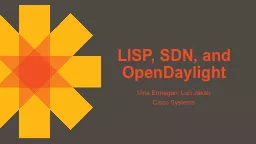
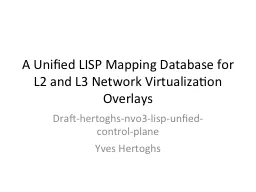
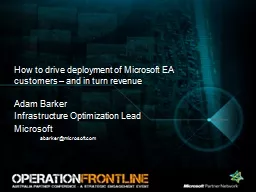

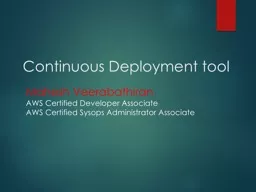
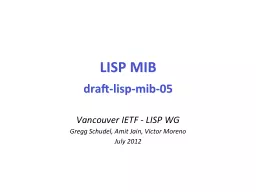
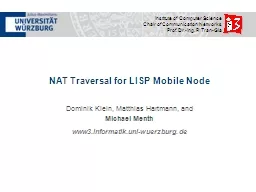
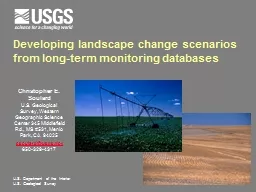

![[BEST]-LISP Network Deployment and Troubleshooting: The Complete Guide to LISP Implementation](https://thumbs.docslides.com/974058/best-lisp-network-deployment-and-troubleshooting-the-complete-guide-to-lisp-implementation-on-ios-xe-ios-xr-and-nx-os-networking-technology.jpg)

